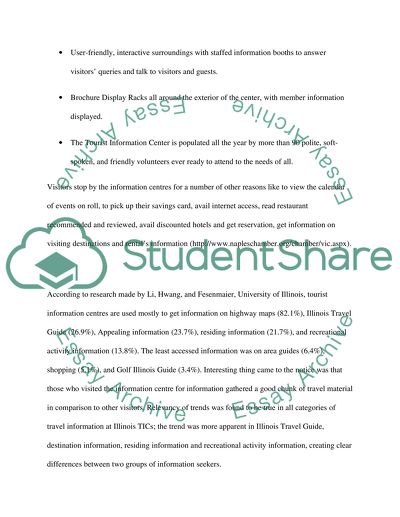Cite this document
(Assessing User Needs in Tourist Information Centers Case Study, n.d.)
Assessing User Needs in Tourist Information Centers Case Study. Retrieved from https://studentshare.org/tourism/1564418-assessing-user-needs-in-tourist-information-centres
Assessing User Needs in Tourist Information Centers Case Study. Retrieved from https://studentshare.org/tourism/1564418-assessing-user-needs-in-tourist-information-centres
(Assessing User Needs in Tourist Information Centers Case Study)
Assessing User Needs in Tourist Information Centers Case Study. https://studentshare.org/tourism/1564418-assessing-user-needs-in-tourist-information-centres.
Assessing User Needs in Tourist Information Centers Case Study. https://studentshare.org/tourism/1564418-assessing-user-needs-in-tourist-information-centres.
“Assessing User Needs in Tourist Information Centers Case Study”, n.d. https://studentshare.org/tourism/1564418-assessing-user-needs-in-tourist-information-centres.


